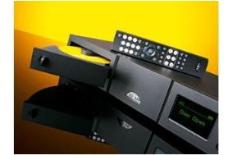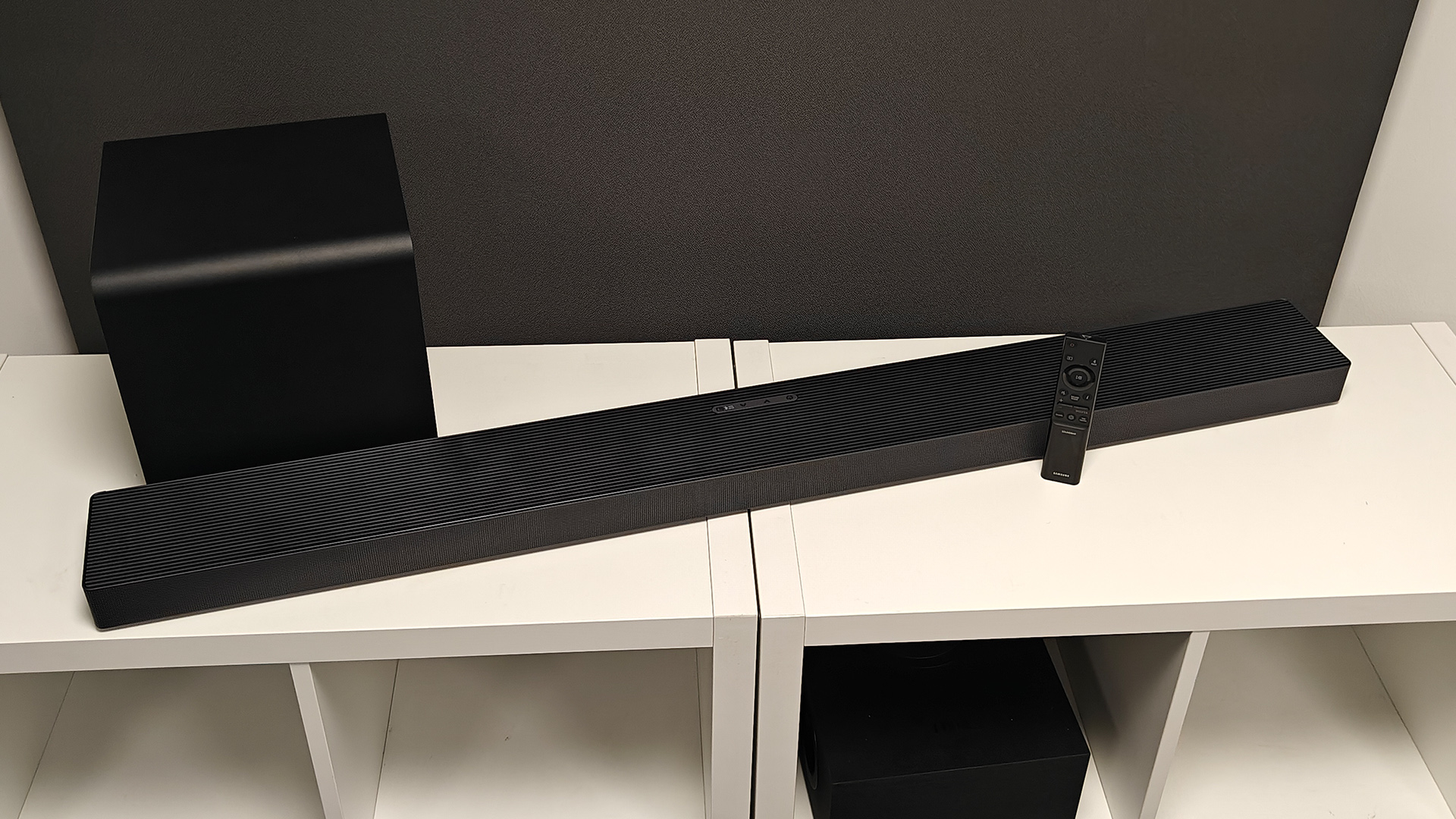What Hi-Fi? Verdict
Best streaming system £2000+ Awards 2011. Yes, there are rivals now challenging the NaimUniti, but it's still a steal
Pros
- +
Does a lot for the money, and does it very well
- +
great sound and logical operation
Cons
- -
Display could be clearer from a distance
Why you can trust What Hi-Fi?
We finally settled on 'CD/Wi-Fi receiver' to describe the NaimUniti – well, it seemed a bit neater than 'CD receiver with DAC, iPod-connectivity, internet/DAB/FM radio and wireless music streamer thingy,' which was our first rather clumsy stab.
Why? Well, the NaimUniti is a unique product, and it's not hard to see why this system has already caught the imagination of buyers well beyond the usual Naim 'family': what we have here, in a single heavy-duty Naim enclosure, is a CD player derived from the company's CD5i, and a 2x50W amplifier based on the Nait 5i.
To that's added a DAC with five inputs – two optical and two electrical round the back, and one combined with a 3.5mm stereo analogue in on the front panel.
All manner of radio options
The radio section has DAB, FM and internet capabilities, with presets available transparently across all three formats – so preset 1 could be Radio 1 FM, the next one Radio Paradise off the internet and the next Radio 5 Live on DAB – and the same wireless internet capability also allows streaming of music from wi-fi'd computers or Network Attached Storage (NAS) units.
There's a USB socket on the front to play music from pen-drives, a socket for USB drives or an iPod digital hook-up, line-ins for analogue sources, a powered DIN socket for a Naim phono stage, twin subwoofer preouts and even another DIN to add one of the company's power amps.
And the operation of the unit(i) is highly customisable: you can adjust input gain, displays, and the way it responds to remote commands. There's even a 'unity gain' option, so you can use the Naim in conjunction with an AV receiver or the company's AV2 surround processor.
That last facility isn't mentioned in the instruction manual, but it's there on the 'input' menu all the same.
Captivating, whatever the source
Best of all, the NaimUniti sounds superb, whatever source you use. With CD the performance is not far off that of a CD5i/Nait 5i combination, maybe just lacking a little openness by comparison, and it's revealing enough of low bitrate broadcasts and rips.
The latest hi-fi, home cinema and tech news, reviews, buying advice and deals, direct to your inbox.
But feed it the real stuff – lossless or uncompressed music files, or high-bitrate rips or streams – and this is a system that's both remarkably easy to listen to and massively rewarding.
The amplification has more than enough power to drive even demanding speakers, the sound is clean, open and gutsy, whether with mainstream music or high-quality classical downloads, and, aside from some faffage getting it to stream Apple Lossless from one of our Macs, set-up and operation is simple.
What's more, the design is built to be upgraded, whether with the addition of a preamp or a Naim phono stage, or via firmware changes using the R232 connection on the rear panel.
This is the most innovative product Naim has ever made, and one of its finest: expect it to be a trendsetter
What Hi-Fi?, founded in 1976, is the world's leading independent guide to buying and owning hi-fi and home entertainment products. Our comprehensive tests help you buy the very best for your money, with our advice sections giving you step-by-step information on how to get even more from your music and movies. Everything is tested by our dedicated team of in-house reviewers in our custom-built test rooms in London, Reading and Bath. Our coveted five-star rating and Awards are recognised all over the world as the ultimate seal of approval, so you can buy with absolute confidence.


